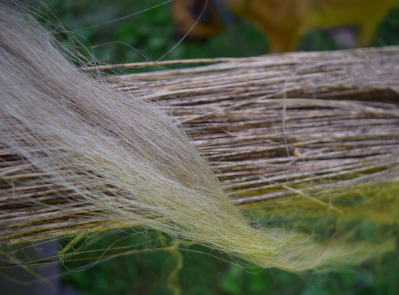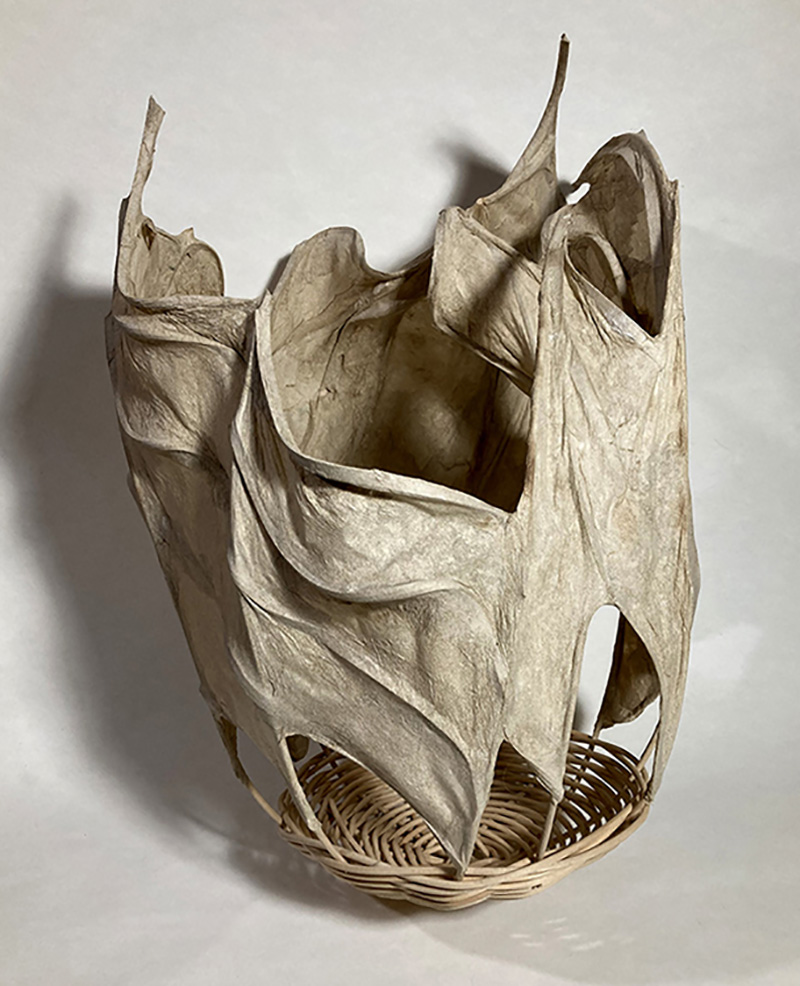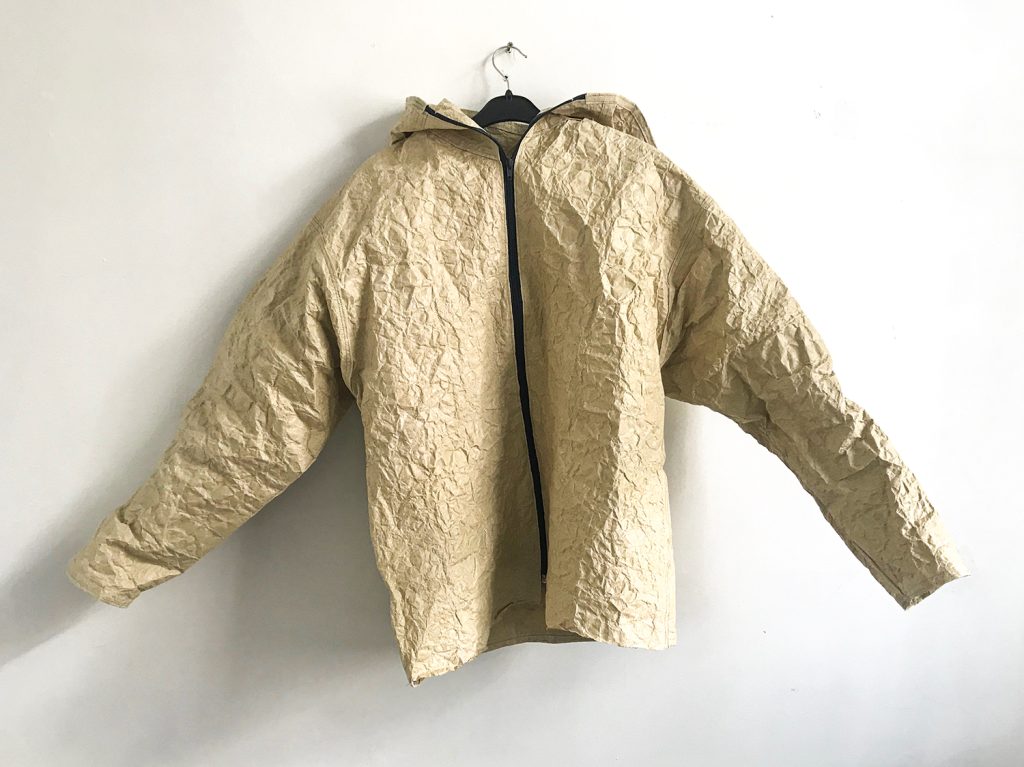
Parsons Healthy Materials Lab Celebrates and Explores the Power of Flax with New Exhibition
For centuries, flax has been used as both a food source, as well as a material to build ropes, create textiles, and more. A bio-based replacement for petrochemical-based products, the entire flax plant (Linum Usitatissimum) can be utilized, leading to zero-waste, healthier materials for textiles, finishes, paints, insulation and flooring.
Recently, the Healthy Materials Lab at Parsons School of Design debuted a new exhibition at the Arnold and Sheila Aronson Galleries called “Regeneration of Flax: Linseed, Linen, Shive, & Oil,” which is on view until November 12, 2024. The exhibition aims to bring discourse to revitalization efforts of flax for linen textile production in North America, as well as highlight and display the use of linseed oil and shive byproducts for the built environment.
“Flax is the oldest fiber, and for approximately 30,000 years, humans have utilized and grown flax,” explains Jessica Thies, Industrial Design ‘23 and curator of the exhibit. “In Western Europe the processing of fiber flax is zero-waste and all the byproducts of flax can be utilized in other industries. It seems vital as we continue to innovate in new materials that we also support the transition back to natural material solutions, such as linseed oil for wood finishes and linen textiles.”
Thies, who is also a researcher at the Healthy Materials Lab, attended a processing workshop hosted by the PA Flax Project, a founding member of the North American Linen Association (NALA) in 2023, which helped inspire the current exhibition.
“The intention of the exhibition is to help designers understand the full lifecycle of a material such as the nuances of a single flax plant and how different varieties, growing conditions and harvesting methods will affect the fiber,” she explains. “It has also been important to address how flax can be used within the building industry and the challenges to scaling up a biobased material.”
As the curator of the exhibit, Thies worked closely with colleagues at HML to include a range of applications of fiber flax and oilseed flax, which are apparent in the variety of innovative research projects, historical textiles, and existing materials solutions on display.



A selection of work on display
“It was important to me to showcase multiple flax varieties, grown in different locations, to show how we often expect consistency in our materials, but they come from natural plant resources, which are affected by their soil conditions, weather, retting conditions and can result in different fiber lengths and colors – and there is beauty and design opportunity in this variation,” she says. “We opted not to show flax composites with synthetic resins as HML looks for nontoxic material solutions.”
Thies is hopeful that visitors are inspired to use more plant-based materials in their projects, and to learn more about the materials they use to design and create. She believes that if designers are involved with materials from the beginning of the process, they will make better and more responsible decisions.
“For instance, the designer Regine Neumann who made the Flax Jacket on display, was involved in the full process from growing, harvesting, processing, papermaking to designing and then wore the jacket to harvest flax the following season.”
In addition to her work with the Healthy Materials Lab, Thies is also developing a seaweed-based printing paste for textiles called “Sea-Ink,” which creates dimensional fabric manipulation. One of her pieces, which is printed on linen, is on display as part of the exhibit.
Next up, the exhibition will be hosting a “Night at the Gallery” reception on October 15th at 5:00pm.